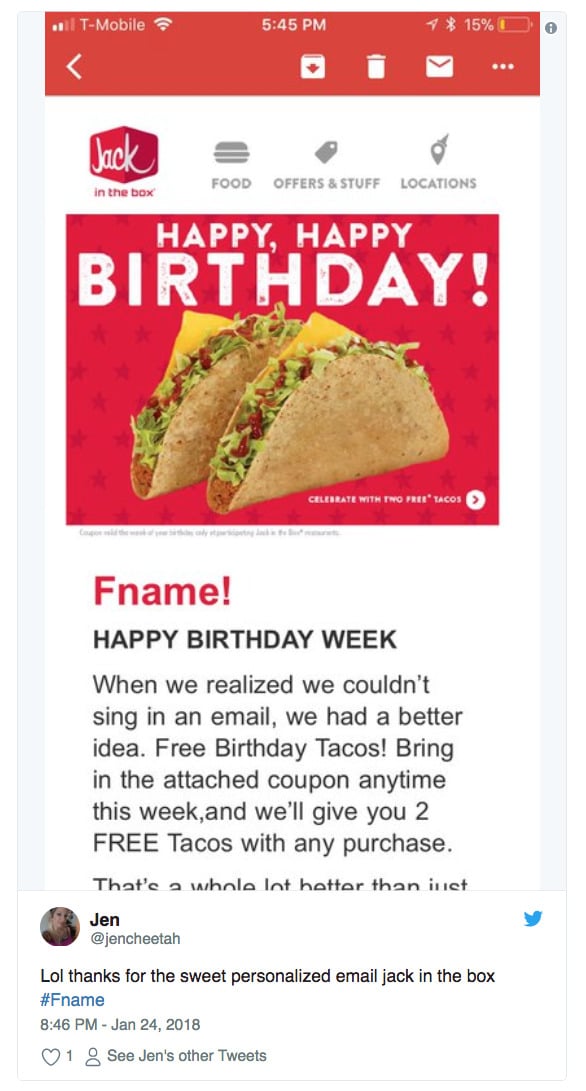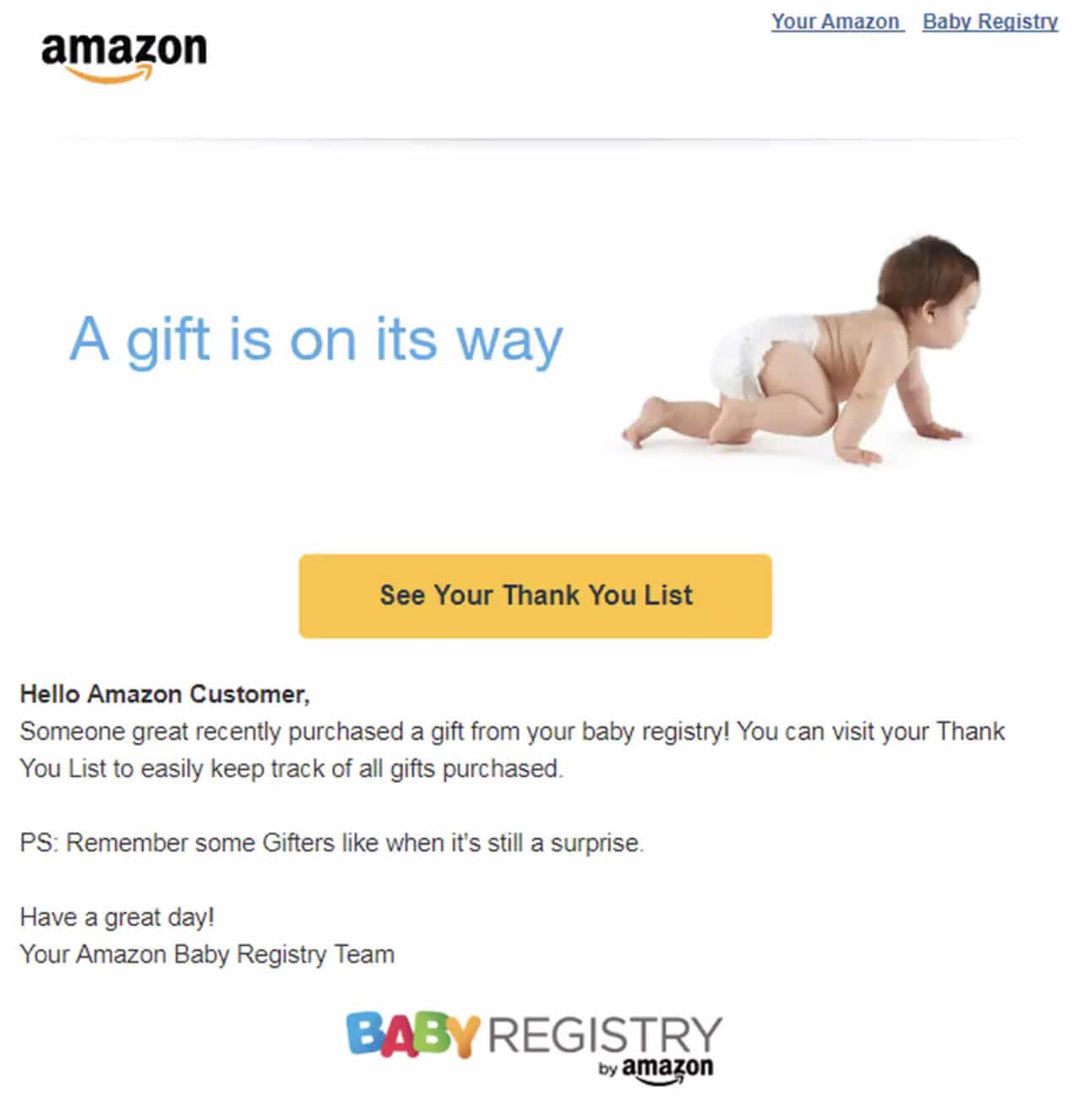3 examples of email personalization gone wrong
...plus, ways you can avoid experiencing them yourself!
If you work in digital marketing, chances are good you've heard some version of the following adage: "Personalization is everything." It's true. Today's consumers expect relevant, personalized interactions with brands, and if they don't get them, they won't hesitate to seek out a different option.
But just because personalization is the cornerstone of effective marketing doesn't mean that EVERY instance of email personalization is a good one. In fact, there are plenty of ways that—if done incorrectly—personalization can come back to bite you. Here are a few examples of what I mean.
1. When You Use Data to Make Assumptions
Have you ever gotten an email that just doesn't hit the mark? Maybe it contains a product offering that seems like it may have been catered to a specific audience segment, but you don't actually belong to that audience?
An Illustration: Let's say you're shopping for a Christmas gift for your dad. He's a diehard Red Sox fan, so while you don't give a hoot about baseball, you decide to buy a jersey for him from a sporting goods store. Since you were automatically opted into the brand's email list when you purchased the jersey, you now keep getting emails about Red Sox merchandise... which you would never, ever buy for yourself. It's annoying, and you unsubscribe.
The brand is technically doing what, in theory, should be working: personalizing your promotions based on your purchase history. The problem is that they drew an incorrect conclusion about your interests using a single data point. So rather than making assumptions about your customers based on that first interaction, come up with a few common personas for your buyers or choose a data point that's especially important for personalizing your brand's content and offers (location, industry, interests, etc.). Then, ask people to self-identify in your welcome email, along with the promise that they'll only receive content catered to their needs.
If the sporting goods store had asked you to choose from a list of products to receive special offers about in their welcome note, they would have discovered that while you don't care about baseball, you ARE an avid runner. Then, they could have sent you a series of emails about their new line of running shoes and accessories, which you'd be much more likely to purchase. It's powerful stuff, and it's crucial for generating repeat conversions.
In this email, the Titans effectively allow their audience to segment themselves!
2. The Classic "FName" Fail
We've all seen this one at some point. A brand attempts to use personalization tags, and you end up getting an email that says something along the lines of, "Hey !" Or, even worse, the brand somehow manages to reveal a personalization tag they'd never want you to see, like the fact that you belong to their ever-flattering "Dead Opps" segment (we don't like to call people out, but this is something that really happened).
This type of personalization is such a basic email marketing strategy that many folks will drop in a first name content tag without even thinking about it. However, most brands are also dealing with data that's messy or inaccurate. That's why it's so crucial to:
A. Double-check your work before sending to your whole audience.
B. Ensure you have fallbacks like "there" or "you" in place in case you don't actually have your subscriber's first name in your contact records.
And, perhaps most importantly, you should remember that true personalization goes beyond putting a first name in an email. While it can be a nice touch, you'll need to get more tuned into the needs of your subscribers than simply calling them by name.
3. When Your Automation Logic Fails
This is one of the worst case email marketing scenarios, and it's been known to generate the kind of negative PR buzz that gives brands nightmares. One of your automation workflows misfires, and your audience gets an email like this:
The infamous baby registry email from Amazon
Pretty innocuous, right? Except it wasn't to the thousands of Amazon subscribers who got this email, all of whom didn't have a baby registry, and many of whom weren't parents at all. Subscribers expressed a mix of confusion, fear, and anger in response to the send – especially those who had experienced fertility issues – and the email became a trending news story for days.
It just go to show that when it comes to automation, you CANNOT set it and forget it. While this particular instance from Amazon may have just been a glitch (or so they claim), this kind of mishap is what will happen when you leave the same automation workflow running for years as your data continues to change and your audience grows. Automation is a great way to send timely, personalized emails at scale, but keep an eye on those workflows!
This year, it's important to not only get your personalization right, but also to nail your email strategy as a whole. Learn how to do just that in our guide, "Have Your Best Year Ever: 6 Keys to Email Marketing Success."
MOST RECENT ARTICLES
Want to engage your audience and grow your brand? Try Emma's robust easy-to-use product today.















